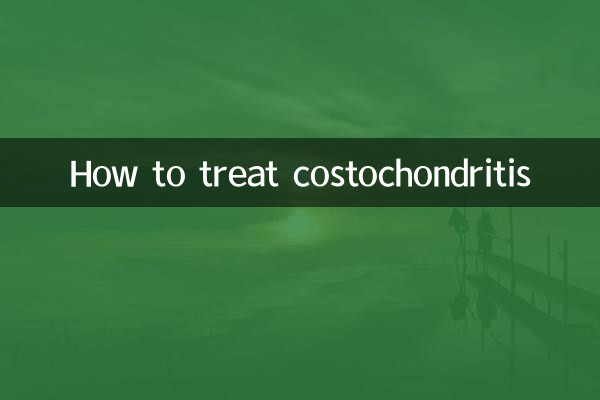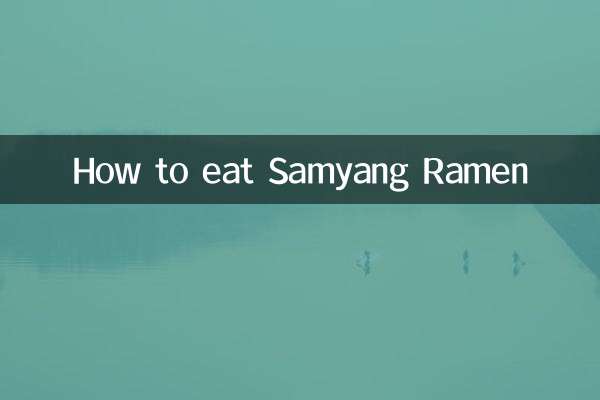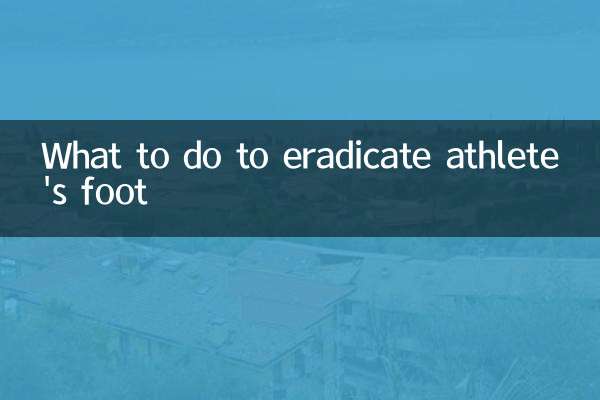How to treat costochondritis
Costochondritis is a common painful chest wall disease characterized by swelling, tenderness, and pain in the costal cartilage area. In recent years, with the increase in health awareness, the treatment of costochondritis has become a hot topic. This article will combine the hot content of the entire Internet in the past 10 days to introduce you to the treatment methods of costochondritis in detail and provide structured data for reference.
1. Common symptoms of costochondritis

The main symptoms of costochondritis include chest pain, localized tenderness, and swelling. Pain usually occurs in the 2nd to 5th costal cartilages and may radiate to the back or shoulders. The following is a summary of typical symptoms of costochondritis:
| symptom | describe |
|---|---|
| chest pain | Mostly dull pain or tingling pain, aggravated by movement |
| local tenderness | Significant pain when pressing the costal cartilage area |
| swelling | Some patients may see slight swelling in the costal cartilage area |
| Radiating pain | Pain may radiate to the back or shoulders |
2. Treatment methods for costochondritis
Treatment for costochondritis focuses on relieving symptoms and usually includes medication, physical therapy, and lifestyle modifications. The following are the most discussed treatments on the Internet in the past 10 days:
| Treatment | Specific measures | Effect evaluation |
|---|---|---|
| drug treatment | NSAIDs (such as ibuprofen), topical analgesic creams | Quickly relieves pain and inflammation |
| physical therapy | Hot compress, ultrasound treatment, massage | Improve local blood circulation and reduce pain |
| lifestyle adjustments | Avoid strenuous exercise and maintain good posture | Prevent symptoms from getting worse |
| Traditional Chinese Medicine Treatment | Acupuncture, cupping, external application of traditional Chinese medicine | Some patients reported significant results |
3. Preventive measures for costochondritis
The key to preventing costochondritis is to avoid triggers. The following are prevention suggestions that are hotly discussed across the Internet:
1.Avoid overexertion:Reduce overuse of chest wall muscles, especially in heavy workers and athletes.
2.Maintain good posture:When working at your desk or using a mobile phone for a long time, pay attention to maintaining correct sitting and standing postures.
3.Moderate exercise:Strengthen chest and back muscle exercises to improve local injury resistance.
4.Treat upper respiratory tract infections promptly:Viral infection may induce costochondritis, so colds and other illnesses should be treated promptly.
4. Costochondritis recovery time
Recovery time from costochondritis varies from person to person and usually takes weeks to months. Here are the expected recovery times for different treatments:
| Treatment | Expected recovery time |
|---|---|
| drug treatment | Symptoms are significantly relieved within 1-2 weeks |
| physical therapy | Gradual improvement in 2-4 weeks |
| lifestyle adjustments | Long-term persistence can prevent recurrence |
5. Common misunderstandings about costochondritis
When discussing costochondritis, netizens often have some misunderstandings. The following are common misunderstandings compiled in the past 10 days:
1.Myth 1: Costochondritis requires surgical treatment.In fact, the vast majority of costochondritis can be cured with conservative treatment, and only a few severe cases require surgical intervention.
2.Myth 2: Costochondritis will develop into lung cancer.Costochondritis is a benign disease and is not directly related to lung cancer.
3.Myth 3: Only the elderly get costochondritis.In fact, costochondritis can occur at any age, and is also common in young people due to sports injuries.
6. Dietary recommendations for costochondritis
Proper dietary conditioning can help with recovery from costochondritis. The following is a diet plan recommended by nutritionists:
| food type | Recommended food | effect |
|---|---|---|
| anti-inflammatory foods | Deep-sea fish, nuts, olive oil | Reduce inflammatory response |
| Foods rich in vitamin C | Citrus fruits, kiwi | Promote connective tissue repair |
| high protein food | Lean meat, eggs, soy products | Accelerate tissue repair |
7. When Do You Need Medical Treatment?
Although costochondritis is mostly a self-limiting disease, you should seek medical attention promptly if the following conditions occur:
1. The pain continues to worsen and affects daily life
2. Accompanied by other symptoms such as fever and difficulty breathing
3. Obvious local redness, swelling, heat and pain
4. Symptoms persist for more than 4 weeks without improvement
8. Summary
Costochondritis, although painful, is mostly treatable with the right treatment and care. Maintain a good attitude, cooperate with doctor's treatment, pay attention to rest and nutrition, and most patients can recover smoothly. If the symptoms persist, it is recommended to seek medical treatment in time to rule out other possible diseases.

check the details

check the details